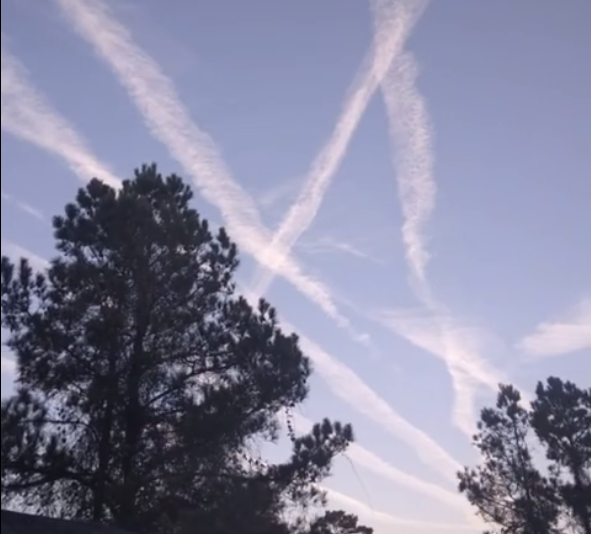Cloud seeding is a weather modification technique that involves adding chemicals or particles to clouds to stimulate precipitation. The goal is to increase rainfall and snowfall in areas that are experiencing drought or water scarcity. While cloud seeding has been used for decades, there is still much debate over its effectiveness and potential side effects on human health and the environment.
One of the main concerns with cloud seeding is the impact of the added chemicals or particles on air quality. The most commonly used material in cloud seeding is silver iodide, which can have negative effects on human health if inhaled in large quantities. While the levels used in cloud seeding are typically low, there is still a risk of exposure for those living near the targeted areas. That is only one chemical. We do not have a complete list of all of the chemicals being sprayed into the air. It’s not regulated and there is zero liability placed on the parties engaging in the activity of cloud seeding.
Another concern is the potential impact on water quality. Cloud seeding can lead to an increase in runoff and erosion, which can cause sediment and other pollutants to enter water sources. This can have negative effects on aquatic life and potentially lead to health risks for those who consume the contaminated water.
Despite these concerns, cloud seeding has been used in various parts of the world to combat drought and increase rainfall. The process is typically conducted by airplanes or ground-based generators that release the chemicals or particles into the clouds.
There have been some studies conducted on the effectiveness of cloud seeding, but results have been mixed. Some studies have shown that cloud seeding can increase rainfall by up to 15%, while others have found no significant impact.
As with any technology or technique, it is important to weigh the potential benefits against the potential risks. While cloud seeding may be able to alleviate drought and water scarcity in some areas, it is important to consider the potential impact on human health and the environment.
To learn more about cloud seeding and its effects, click on the link provided throughout this article to listen to the Michael J. Penney Show episode on this topic. The episode features experts in the field who provide valuable insights and information on the subject.
In conclusion, cloud seeding is a controversial technique that has the potential to impact human health and the environment. It is important to stay informed and engaged in the debate surrounding this issue to ensure that the benefits outweigh the risks. So, click on the link provided and learn more about cloud seeding and its effects.
